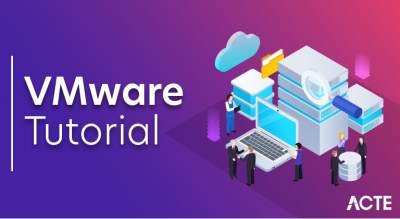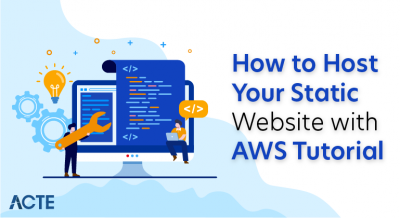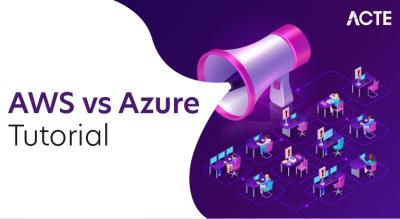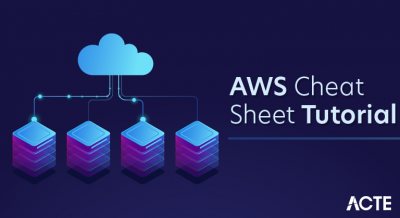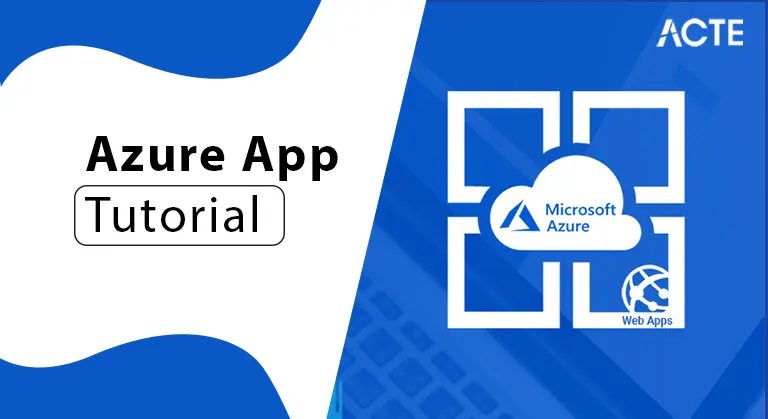
- Introduction
- History
- Scope
- Advantages
- About Azure
- Triggers
- Activities
- Connector classifications
- Association arrangement
- Benefactor
- Association security and encryption
- Tools
- Architecture
- Pre-requisition
- Types
- Certification
- Conclusion
Introduction :-
Aure Apps is a cloud-based stage for making and running computerized work processes that coordinate your applications, information, administrations, and frameworks. With this stage, you can rapidly foster profoundly adaptable joining answers for your venture and business-to-business (B2B) situations.
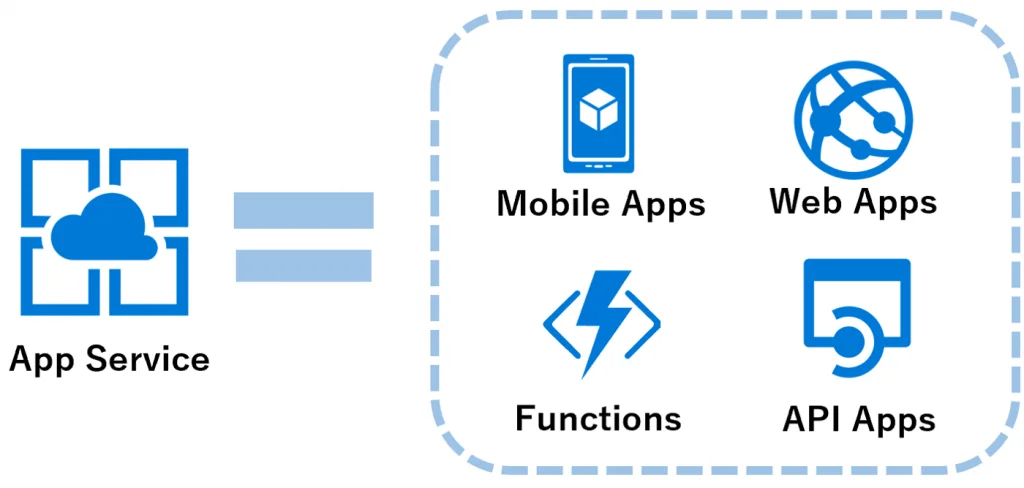
History :-
To maintain a business in any venture, cycles and work processes are truly significant. Ventures require a system where various applications are incorporated and different business processes are robotized through that component.
There is a gigantic need of cloud incorporating applications, alongside information and work processes, since the increment in cloud reception. Microsoft Azure App gives a system to doing such kinds of combinations and business process computerization, consequently making work processes by arranging Software as a Service part.
- Connectors outline for Azure Apps,
- Microsoft Power Automate, and
- Microsoft Power Apps
- Connectors reference for Azure Apps
- Evaluating and charging models in Azure Apps
- Aure Apps evaluating subtleties
Scope :-
Functions and Apps are Azure services that enable serverless workloads. Azure Functions is a serverless compute service, whereas Azure Apps provides serverless workflows. An orchestration is a collection of functions or steps, called actions in Apps, that are executed to accomplish a complex task.
At the point when you assemble work processes utilizing Azure Apps, you can utilize connectors to help you rapidly and effectively access information, occasions, and assets in other applications, administrations, frameworks, conventions, and stages – frequently without composing any code. A connector gives prebuilt tasks that you can use as steps in your work processes. Azure Apps gives many connectors that you can utilize. Assuming no connector is accessible for the asset that you need to get to, you can utilize the conventional HTTP activity to speak with the assistance, or you can make a custom connector.
This outline offers a prologue to connectors, how they by and large work, and the more well known and normally involved connectors in Azure Apps. For more data, survey the accompanying documentation:
Advantages :-
Azure Apps gives a serverless motor to assemble computerized work processes to incorporate applications and information between cloud administrations and on-premises frameworks. You construct work processes utilizing a visual architect. Rationale Apps incorporates flawlessly with Azure Functions.
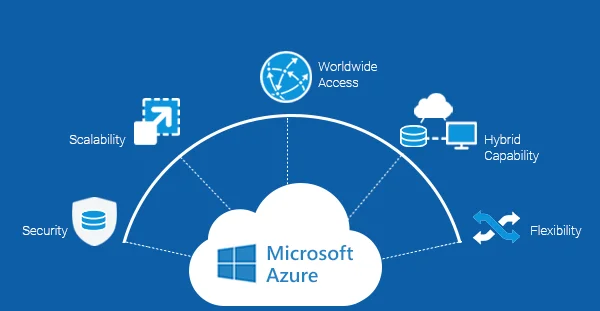
About Azure :-
Capacities and Apps are Azure administrations that empower serverless jobs. Aure Functions is a serverless process administration, while Azure Apps gives serverless work processes. Both can make complex arrangements. An arrangement is an assortment of capacities or steps, called activities in Apps, that are executed to achieve a mind boggling task. For instance, to handle a bunch of requests, you may execute many examples of a capacity in equal, trust that all cases will get done, and afterward execute a capacity that processes an outcome on the total.
Actually, a connector is an intermediary or a covering around an API that the hidden help uses to speak with Azure Apps. This connector gives activities that you use in your work processes to perform errands. An activity is accessible either as a trigger or activity with properties you can arrange. A few triggers and activities additionally necessitate that you initially make and design an association with the basic assistance or framework, for instance, so you can validate admittance to a client account.
- A trigger determines the occasion that begins the work process and is consistently the initial phase in any work process. Each trigger likewise follows a particular terminating design that controls how the trigger screens and reacts to occasions. Generally, a trigger follows the surveying example or push design, however here and there, a trigger is accessible in the two adaptations.
- Surveying triggers routinely look at a particular help or framework on a predetermined timetable to check for new information or a particular occasion. Assuming new information is accessible, or the particular occasion occurs, these triggers make and run another example of your work process. This new case can then utilize the information that is passed as info.
- Push triggers tune in for new information or for an occasion to occur, without surveying. At the point when new information is free, or when the occasion occurs, these triggers make and run another occurrence of your work process. This new case can then utilize the information that is passed as information.
- For instance, you should construct a work process that accomplishes something when a document is transferred to your FTP server. As the initial phase in your work process, you can utilize the FTP trigger named When a document is added or adjusted, which follows the surveying design. You can then determine a timetable to consistently check for transfer occasions.
- A trigger additionally passes along any information sources and other required information into your work process where later activities can reference and utilize that information all through the work process. For instance, assume you need to utilize Office 365 Outlook trigger named When another email shows up to begin a work process when you receive another email. You can arrange this trigger to pass along the substance from each new email, like the shipper, headline, body, connections, etc. Your work process can then handle that data by utilizing different activities.
Triggers :-
Activities :-
An activity is an activity that follows the trigger and plays out task in your work process of some sort or another. You can involve numerous activities in your work process. For instance, you may begin the work process with a SQL trigger that identifies new client information in a SQL data set. Following the trigger, your work process can have a SQL activity that gets the client information. Following the SQL activity, your work process can have another activity, not really SQL, that processes the information.
- Run code in your work processes.
- Coordinate and control your information.
- Oversee or control information.
- Overseen connectors are conveyed, facilitated, and oversaw by Microsoft.
- On-premises connectors that assist you with getting to information and assets in on-premises frameworks.
- Undertaking connectors that give admittance to big business frameworks.
- Combination account connectors that help business-to-business (B2B) correspondence situations.
- Mix administration climate (ISE) connectors that are a little gathering of overseen connectors accessible just for ISEs.
Connector classifications :-
In Azure Apps, most triggers and activities are accessible in either an inherent form or oversaw connector variant. A couple of triggers and activities are accessible in the two forms. The adaptations accessible rely upon whether you make a multi-inhabitant rationale application or a solitary occupant rationale application, which is as of now accessible just in single-inhabitant Azure Apps.
Underlying triggers and activities run locally on the Apps runtime, don’t need making associations, and play out these sorts of assignments:
These connectors give triggers and activities to cloud administrations, on-premises frameworks, or both. Overseen connectors are accessible in these classes:
Association arrangement :-
To make or oversee rationale application assets and associations, you want specific consents, which are given through jobs utilizing Azure job based admittance control (Azure RBAC). You can dole out worked in or tweaked jobs to individuals who approach your Azure membership. Azure Apps plays these particular parts:
Rationale App Contributor: Lets you oversee rationale applications, however you can’t change admittance to them.
Rationale App Operator: Lets you read, empower, and impair rationale applications, however you can’t alter or refresh them.
- Grants full admittance to deal with all assets, however doesn’t permit you to relegate jobs in Azure RBAC, oversee tasks in Azure Blueprints, or offer picture displays.
- For instance, assume you need to work with a rationale application that you didn’t make and verify associations utilized by that rationale application’s work process. Your Azure membership requires Contributor authorizations for the asset bunch that contains that rationale application asset. In the event that you make a rationale application asset, you naturally have Contributor access.
- Before you can involve a connector’s triggers or activities in your work process, most connectors necessitate that you initially make an association with the objective help or framework. To make an association from inside a rationale application work process, you need to confirm your character with account certifications and now and then other association data.
- For instance, before your work process can access and work with your Office 365 Outlook email account, you should approve an association with that record. For few inherent activities and oversaw connectors, you can set up and involve an oversaw personality for verification, instead of giving your accreditations.
Benefactor :-
Association security and encryption :-
Association arrangement subtleties, for example, server address, username, and secret phrase, accreditations, and insider facts are scrambled and put away in the got Azure climate. This data can be utilized distinctly in rationale application assets and by customers who have consents for the association asset, which is upheld utilizing connected admittance checks. Associations that utilization Azure Active Directory Open Authentication (Azure AD OAuth, for example, Office 365, Salesforce, and GitHub, necessitate that you sign in, yet Azure Apps stores just access and revive tokens as insider facts, not sign-in certifications.
Set up associations can get to the objective help or framework however long that assistance or framework permits. For administrations that utilization Azure AD OAuth associations, for example, Office 365 and Dynamics, the Apps administration revives access tokens endlessly. Different administrations may have limits on how long Apps can utilize a token without invigorating. A few activities, for example, changing your secret key, refute all entrance tokens.
Despite the fact that you make associations from inside a work process, associations are independent Azure assets with their own asset definitions. To survey these association asset definitions, download your rationale application from Azure into Visual Studio. This strategy is the simplest method for making a substantial, defined rationale application layout that is generally prepared for arrangement.
Tools :-
For Azure Functions, you foster organizations by composing code and utilizing the Durable Functions augmentation. For Apps, you make organizations by utilizing a GUI or altering setup records.You can blend and match administrations when you construct an organization, calling capacities from rationale applications and calling rationale applications from capacities. Pick how to assemble every organization in view of the administrations’ abilities or your own inclination.
- Azure Apps is a cloud-based stage for making and running computerized work processes that incorporate your applications, information, administrations, and frameworks. With this stage, you can rapidly foster exceptionally adaptable combination answers for your venture and business-to-business (B2B) situations.
- As an individual from Azure Integration Services, Azure Apps works on the way that you interface heritage, present day, and state of the art frameworks across cloud, on premises, and crossover conditions. The accompanying rundown depicts only a couple of model errands, business cycles, and jobs that you can computerize utilizing the Azure Apps administration.
- Plan and send email warnings utilizing Office 365 when a particular occasion occurs, for instance, another document is transferred. Course and interaction client orders across on-premises frameworks and cloud administrations. Move transferred documents from a SFTP or FTP server to Azure Storage. Screen tweets, break down the opinion, and make cautions or assignments for things that need survey.
Architecture :-
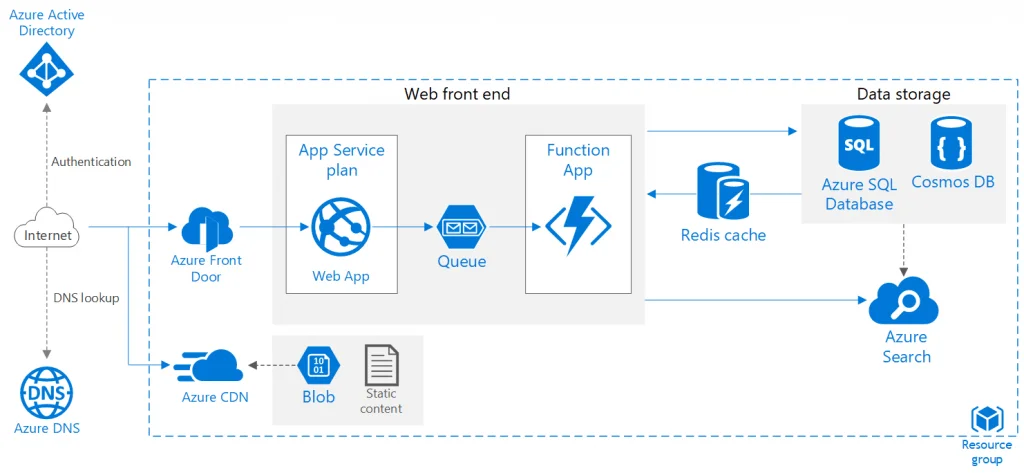
Pre-requisition :-
In view of the rationale application asset type that you pick and make, your rationale applications run in multi-occupant Azure Apps, single-inhabitant Azure Apps, or a devoted reconciliation administration climate while getting to an Azure virtual organization. To run rationale applications in holders, make single-occupant based rationale applications utilizing Azure Arc empowered Apps. For more data, audit What is Azure Arc empowered Apps.
Types :-
1. Resource type and host climate contrasts for rationale applications. To safely access and run activities progressively on different information sources, you can pick oversaw connectors from a 400+ and developing Azure connectors environment to use in your work processes, for instance: Azure administrations like Blob Storage and Service Bus Office 365 administrations like Outlook, Excel, and SharePoint Information base servers like SQL and Oracle Undertaking frameworks like SAP and IBM MQ Record offers like FTP and SFTP To speak with any assistance endpoint, run your own code, coordinate your work process, or control information, you can utilize worked in triggers and activities, which run locally inside the Azure Apps administration.
2. For instance, worked in triggers incorporate Request, HTTP, and Recurrence. Underlying activities incorporate Condition, For each, Execute JavaScript code, and tasks that call Azure Functions, web applications or API applications facilitated in Azure, and other Azure Apps work processes. For B2B mix situations, Azure Apps incorporates capacities from BizTalk Server. To characterize business-to-business (B2B) antiquities, you make joining account where you store these relics. After you interface this record to your rationale application, your work processes can utilize these B2B antiques and trade messages that consent to Electronic Data Interchange (EDI) and Enterprise Application Integration (EAI) principles.
3. The Azure Apps reconciliation stage gives prebuilt Microsoft-oversaw API connectors and underlying tasks so you can associate and incorporate applications, information, administrations, and frameworks all the more effectively and rapidly. You can zero in additional on planning and executing your answer’s business rationale and usefulness, not on sorting out some way to get to your assets. You ordinarily will not need to compose any code. Nonetheless, assuming you really do have to compose code, you can make code scraps utilizing Azure Functions and run that code from your work process. You can likewise make code pieces that spat your work process by utilizing the Inline Code activity.
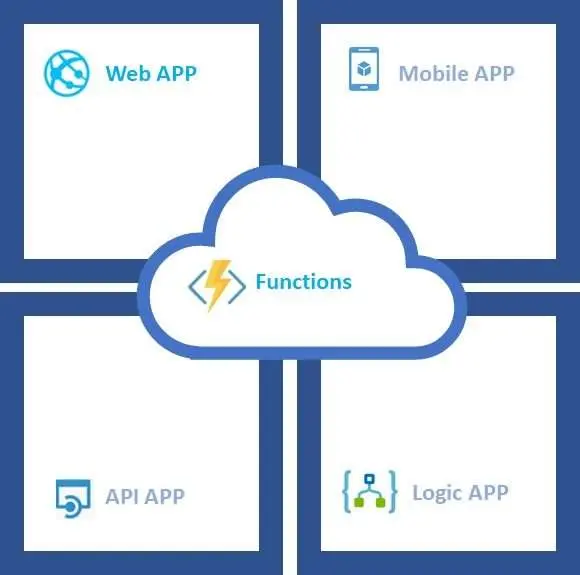
4. On the off chance that your work process needs to communicate with occasions from Azure administrations, custom applications, or different arrangements, you can screen, course, and distribute occasions utilizing Azure Event Grid. Azure Apps is completely overseen by Microsoft Azure, which liberates you from agonizing over facilitating, scaling, making due, observing, and keeping up with arrangements worked with these administrations.
5. For work processes that need direct admittance to assets in an Azure virtual organization, you can establish a committed coordination administration climate (ISE) where you can assemble, convey, and run your work processes on devoted assets. For more data about making ISEs, audit Connect to Azure virtual organizations from Azure Apps. Custom connectors made inside an ISE don’t work with the on-premises information passage. Notwithstanding, these connectors can straightforwardly access on-premises information sources that are associated with an Azure virtual organization facilitating the ISE. Thus, rationale applications in an ISE doubtlessly needn’t bother with the information passage when speaking with those assets.
6. Assuming you have custom connectors that you made external an ISE that require the on-premises information passage, rationale applications in an ISE can utilize those connectors. In the Apps Designer, when you peruse the implicit triggers and activities or oversaw connectors that you need to use for rationale applications in an ISE, the CORE name shows up on worked in triggers and activities, while the ISE mark shows up on oversaw connectors that are intended to work with an ISE.
7. At the point when you utilize these capacities to make “serverless” applications and arrangements, you can simply zero in on the business rationale and usefulness. These administrations naturally scale to address your issues, make mixes quicker, and assist you with building strong cloud applications utilizing practically zero code.
8. To figure out the way that different organizations further developed their readiness and expanded spotlight on their center organizations when they joined Azure Apps with other Azure administrations and Microsoft items, look at these client stories. The accompanying areas give more data about the capacities and advantages in Azure Apps.
Certification :-
This article thinks about the accompanying Microsoft cloud administrations: Microsoft Power Automate (was Microsoft Flow) Sky blue Apps Sky blue Functions Sky blue App Service WebJobs These administrations can tackle joining issues and mechanize business processes. They can all characterize input, activities, conditions, and result. You can run every one of them on a timetable or trigger. Each assistance enjoys remarkable benefits, and this article clarifies the distinctions. On the off chance that you’re searching for a more broad correlation between Azure Functions and other Azure process choices, see Criteria for picking an Azure figure administration and Choosing an Azure register choice for microservices.
- Save time and improve on complex cycles by utilizing the visual plan instruments in Azure Apps. Make your work processes beginning to end by involving the Azure Apps work process creator in the Azure entrance, Visual Studio Code, or Visual Studio. Simply start your work process with a trigger, and add quite a few activities from the connectors exhibition. In the event that you’re making a multi-occupant based rationale application, get everything rolling quicker when you make a work process from the formats display. These formats are accessible for normal work process designs, which range from basic availability for Software-as-a-Service (SaaS) applications to cutting edge B2B arrangements in addition to “for no reason in particular” layouts.
- A few examples and cycles are not difficult to portray however difficult to carry out in code. The Azure Apps stage assists you with consistently interfacing dissimilar frameworks across cloud, on-premises, and cross breed conditions. For instance, you can associate a cloud advertising answer for an on-premises charging framework, or bring together informing across APIs and frameworks utilizing Azure Service Bus. Azure Apps gives a quick, solid, and predictable method for conveying reusable and reconfigurable answers for these situations.
- Organizations and associations electronically speak with one another by utilizing industry-standard however unique message conventions and configurations, like EDIFACT, AS2, X12, and RosettaNet. By utilizing the venture combination capacities upheld by Azure Apps, you can make work processes that change message designs utilized by exchanging accomplices into designs that your association’s frameworks can decipher and process. Azure Apps handles these trades without a hitch and safely with encryption and computerized marks. You can begin little with your present frameworks and administrations, and afterward develop steadily at your own speed. At the point when you’re prepared, the Azure Apps stage helps you carry out and increase to more develop mix situations by giving these capacities and then some: Coordinate and work off Microsoft BizTalk Server, Azure Service Bus, Azure Functions, Azure API Management, and that’s only the tip of the iceberg.
- Trade messages utilizing EDIFACT, AS2, X12, and RosettaNet conventions. Process XML messages and level records. Make a coordination record to store and oversee B2B curios, like exchanging accomplices, arrangements, change maps, approval blueprints, and that’s only the tip of the iceberg. For instance, assuming that you use Microsoft BizTalk Server, your work processes can speak with your BizTalk Server utilizing the BizTalk Server connector. You can then run or expand BizTalk-like activities in your work processes by utilizing reconciliation account connectors. Heading down the other path, BizTalk Server can speak with your work processes by involving the Microsoft BizTalk Server Adapter for Azure Apps. Figure out how to set up and involve the BizTalk Server Adapter in your BizTalk Server.



